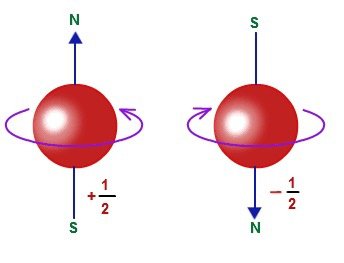Missing matter
In the early 20th century, intellectual giants such as Niels Bohr, James Clerk Maxwell and Albert Einstein gifted humanity with an extremely useful and demonstrably accurate theory of the subatomic world. Those guys were great, but then we went stupid.
It is said that science advances one funeral at a time. That is just a comment on the ginourmous egos needed to be able to crawl so far up your own butt that new ideas become abhorrent to you. If scientists could truly be honest there would be a lot more nan-nanny-boo-boos and wet raspberries blown at each other at scientific symposiums. But in the civilized world we live in, the true banter is much more cordial and well tempered.
Into whose butt would you crawl?[edit]
As young, bright-eyed and bushy-tailed high school graduates enter college, a smörgåsbord of well studied crevasses is presented for consideration. In the field of physics, students are marinated in Newton, given a splash of Maxwell and if they are really lucky, they can catch a whiff of the stuff that Stephen Hawking would oil his chair with. After students are properly prepped for higher learning, they are given the opportunity to cash out and go find an engineering job, or they can press their luck and move up in the world of academia.
Unfortunately, the unseen forces of academia act much like the censors on Wikipedia and squash any kind of out-of-the-box thinking. As academia grows stronger, it is harder and harder to become the next Einstein or Hawking. So as up-and-coming scientists try to break free and find the next big idea, they are caught in a trap, much like a snake eating its own tail, or the magician that pulls his foreskin over his head to vanish up his ass.
It is time for washed-up physics graduates to contribute the next big idea.
Why do only electrons have spin?[edit]
Physics professors indoctrinate young malleable minds with science's current dogma that an electron is a particle that exhibits spin 1/2. One of the consequences of 1/2 spin is that these Fermions are able to occupy the same orbital state as another, as long as the other has the opposite spin.
These blasphemous purveyors of anti-proton rights are neglecting to teach their students about the nature of protons. Instead of giving the proton its fair shake, these educators are discriminating against the spin of these protons. Instead of recognizing the ability of two protons to coexist harmoniously side-by-side, these short sighted dogmatic repeaters have to invoke a strong nuclear force to keep these protons side-by-side.

If you were to talk to a helium atom, the protons are happy to be near one another. They have no hate for each other.
Neutrons spin the same way protons do[edit]
A neutron's life is similar to a proton's. Recall the helium atom: The two neutrons are as happy as can be with each other since their spins are opposite. And the neutrons are super-psyched that they have two protons with them since a neutron is always attracted to a proton, regardless of the proton's spin. The center of a helium atom is quite the cozy party.
Neutrons have their own counterpart[edit]
Scientists in their electromagnetic chauvinism have also held down the neutron. Everybody is content that the proton and electron make a happy pairing, but do the neutrons get the same treatment? Of course not! Scientists are all about the electromagnetic spectrum simply because we can see it. The photons emitted from an electron have a property of the electric field and the magnetic field. But the photons that are emitted by the neutron's partner are backwards to the electron's emission.
Composition of dark matter[edit]
The neutron participates in the electrostatic force, but the neutron has another, unmeasurable force called acasa. The consequence of the electro-acasa emission is a photon that participates in a backward propagation that humans are unable to see. The powers that be have conspired to squash this knowledge. The search for dark matter has been stymied by this shortsightedness. The number of free neutrons floating in space, invisible to the electromagnetic chauvinistic telescopes is on the same order of magnitude as the number of free hydrogen atoms floating in space, visible to those same telescopes.


